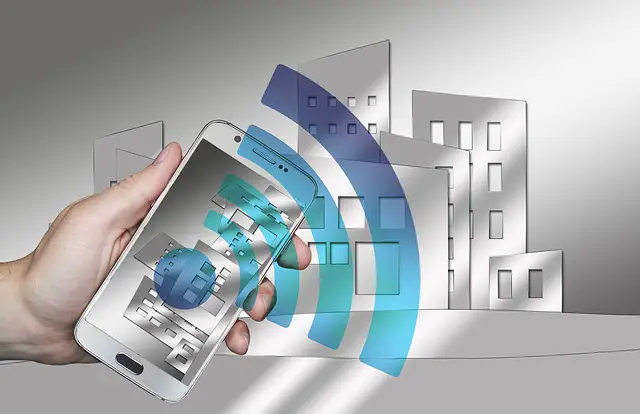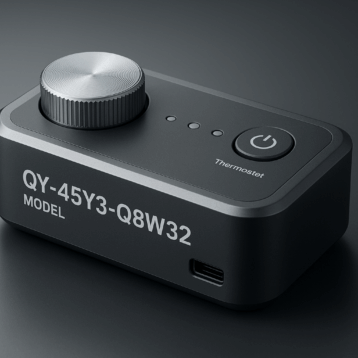
The traditional data warehouse platform may be efficient in the long term actions, but it’s quite the opposite when it comes to solving issues on the spot. If time is your priority, it’s worth reaching out for modern IoT analytics solutions. How do they work exactly?
IoT is an increasingly popular way to improve existing business operations as well as identify new revenue streams. The concept of IoT is nothing new, but its management requires an innovative approach. With so many IoT devices contributing to a network, efficient problem detection and detecting anomalies in real-time is a hard nut to crack. Automation tools can make that much easier, allowing the company to focus on its core business activity instead of solving current issues.
In the case of the Internet of Things, the immediate reaction is essential – and with so much data, it’s practically impossible without engaging automation. Using the IoT analytics platform, you can redirect a part of the repetitive and time-consuming operations to the software. That means no more manual data entry and offer configuration, among many other benefits!
IoT data analytics – what areas can it cover?
With IoT solutions, you can automate the entire value chain of your IoT products and services. Depending on the profile of your business activity, the IoT data platform may include:
- billing (calculation of rates, preparation of invoices, etc.)
- logistics (tracking objects, inventory analytics, cargo integrity monitoring, end-to-end delivery tracking, real-time fleet management, etc.)
- solution management (offer configuration, generation of contract information and reports based on all the relevant sales data, the definition of the profit margins, etc.)
- enablement platform (software updates, onboarding process automation, device inventory and data analysis, anomaly detection, etc.)
- connectivity management (monitoring and modifying IoT and M2M deployment, troubleshooting connectivity issues, changing tariff profiles)
It’s worth choosing a customizable solution with a modular architecture in order to adjust the spectrum of features to your company’s needs. A clean interface is essential as well. And – most importantly – your IoT analytics telecom solution should include a spectrum of automation-based features, including the predictive analytics and predictive maintenance.
What benefits can IoT data analytics bring?
Using an IoT platform, you can monitor the data regarding the networks and devices within them in a convenient and organized manner. The automation tools enable fast data processing and categorization, but that’s just the tip of the iceberg.
Modern big data analytics allows you to redirect a part of the decision process to the AI. That may sound risky at first, but note that all the decisions made in real-time by intelligent software are based on advanced analytics. Solving issues on the spot is essential for telecom companies, and automated actions help with that.










